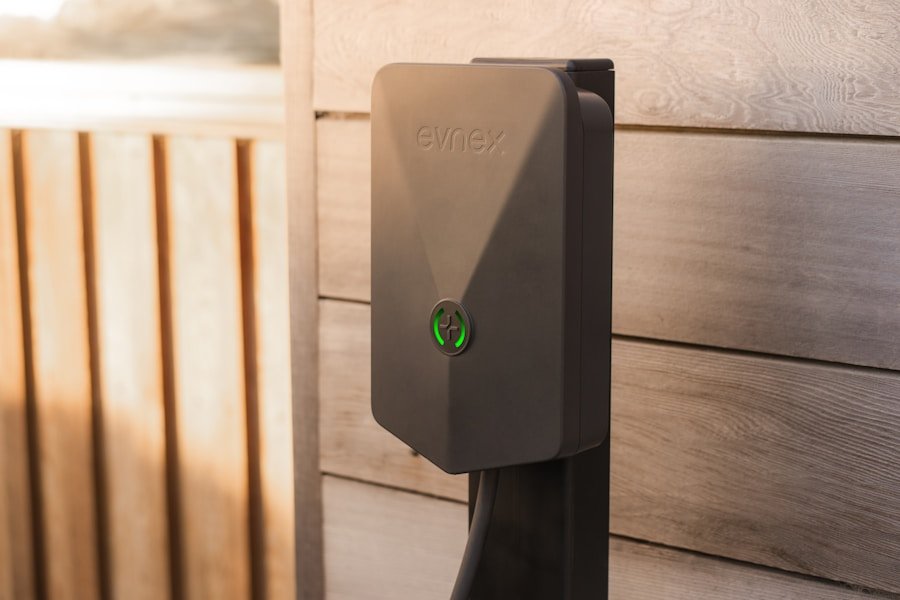When selecting a thermal blanket for winter camping, several crucial factors must be taken into account. Primarily, it is essential to choose a blanket specifically designed for cold weather use, constructed from high-quality, insulating materials that provide warmth in extremely low temperatures. Additionally, the size and weight of the blanket, as well as any supplementary features such as water resistance or windproofing, should be considered.
The durability of the blanket is also vital, as it must be able to withstand the demands of outdoor use. Another critical consideration when choosing a thermal blanket for winter camping is the type of insulation utilized. Various insulation options are available, including down, synthetic, and reflective materials.
Down insulation is renowned for its exceptional warmth-to-weight ratio, but it loses its insulating properties when wet. Synthetic insulation, on the other hand, is more water-resistant and can retain its warmth even when damp. Reflective materials, such as Mylar, are popular for their ability to reflect body heat back towards the user.
Ultimately, the optimal choice of insulation depends on individual needs and preferences.
Key Takeaways
- Choose a thermal blanket with a high R-value for better insulation
- Properly fold and store your thermal blanket to maintain its effectiveness
- Use a thermal blanket as an extra layer of insulation under your sleeping bag
- Don’t rely solely on a thermal blanket in extreme cold conditions
- Consider using a bivy sack or emergency sleeping bag as an alternative to a thermal blanket
Proper Use and Maintenance of Thermal Blankets
Once you’ve chosen the right thermal blanket for winter camping, it’s important to understand how to properly use and maintain it. Proper use begins with ensuring that the blanket is properly spread out and secured to create a barrier between you and the cold ground. This can help to prevent heat loss and keep you warm throughout the night.
Additionally, it’s important to avoid any sharp objects or rough surfaces that could potentially puncture or damage the blanket. In terms of maintenance, it’s important to regularly inspect your thermal blanket for any signs of wear or damage. This includes checking for tears, holes, or any loss of insulation.
If you do notice any damage, it’s important to repair it as soon as possible to prevent further deterioration. It’s also important to properly clean and store your thermal blanket when not in use. This may involve washing it according to the manufacturer’s instructions and storing it in a dry, cool place to prevent mold or mildew growth.
Dos of Using Thermal Blankets for Winter Camping
When using thermal blankets for winter camping, there are several key dos to keep in mind. First and foremost, it’s important to properly insulate yourself from the cold ground by using a combination of a sleeping pad and a thermal blanket. This can help to prevent heat loss and keep you warm throughout the night.
Additionally, it’s important to properly secure the blanket around your body to prevent any drafts or heat loss. Another important do when using thermal blankets for winter camping is to layer your clothing for added warmth. This can help to trap body heat and provide additional insulation throughout the night.
It’s also important to stay dry, as moisture can significantly reduce the insulating properties of the blanket. This may involve wearing moisture-wicking clothing and using a waterproof barrier between yourself and the ground.
Don’ts of Using Thermal Blankets for Winter Camping
| Do’s | Don’ts |
|---|---|
| Choose a thermal blanket with high insulation | Don’t use a thermal blanket with low insulation |
| Use a waterproof thermal blanket to keep dry | Avoid using a non-waterproof thermal blanket |
| Secure the thermal blanket tightly to prevent drafts | Don’t leave the thermal blanket loose |
| Layer the thermal blanket with other insulating materials | Don’t rely solely on the thermal blanket for warmth |
| Keep the thermal blanket clean and dry for maximum effectiveness | Avoid using a dirty or wet thermal blanket |
While there are several dos when using thermal blankets for winter camping, there are also some important don’ts to keep in mind. First and foremost, it’s important not to rely solely on a thermal blanket for warmth in extremely cold temperatures. Instead, it’s important to use a combination of insulation layers, including a sleeping pad and appropriate clothing, to stay warm throughout the night.
Additionally, it’s important not to overlook proper ventilation when using a thermal blanket for winter camping. While it’s important to stay warm, it’s also important to avoid excessive condensation inside your shelter, as this can lead to dampness and reduced insulation effectiveness. It’s also important not to neglect proper maintenance of your thermal blanket, as any damage or wear can significantly reduce its effectiveness in keeping you warm.
Staying Safe and Warm with Thermal Blankets
When using thermal blankets for winter camping, staying safe and warm should be your top priority. This means taking steps to properly insulate yourself from the cold ground and surrounding environment. It’s also important to monitor your body temperature and be aware of any signs of hypothermia or frostbite.
Additionally, it’s important to stay dry and avoid excessive moisture buildup inside your shelter. Another key aspect of staying safe and warm with thermal blankets is being prepared for changing weather conditions. This may involve having additional layers of insulation on hand in case temperatures drop unexpectedly.
It’s also important to have a plan in place for seeking shelter or assistance in the event of an emergency.
Tips for Maximizing the Effectiveness of Thermal Blankets
To maximize the effectiveness of thermal blankets for winter camping, there are several key tips to keep in mind. First and foremost, it’s important to properly insulate yourself from the cold ground by using a combination of a sleeping pad and a thermal blanket. This can help to prevent heat loss and keep you warm throughout the night.
Additionally, it’s important to properly secure the blanket around your body to prevent any drafts or heat loss. Another important tip for maximizing the effectiveness of thermal blankets is to layer your clothing for added warmth. This can help to trap body heat and provide additional insulation throughout the night.
It’s also important to stay dry, as moisture can significantly reduce the insulating properties of the blanket. This may involve wearing moisture-wicking clothing and using a waterproof barrier between yourself and the ground.
Alternatives to Thermal Blankets for Winter Camping
While thermal blankets are a popular choice for winter camping, there are also several alternative options available. One popular alternative is a sleeping bag with a high temperature rating, which can provide excellent insulation and warmth in cold temperatures. Another alternative is a bivy sack or emergency shelter, which can provide additional protection from the elements.
Additionally, some campers may choose to use a combination of insulation layers, such as a sleeping pad and appropriate clothing, instead of relying solely on a thermal blanket for warmth. Ultimately, the best alternative will depend on your specific needs and preferences, as well as the expected weather conditions during your camping trip. In conclusion, using thermal blankets for winter camping can be an effective way to stay warm and comfortable in cold temperatures.
By choosing the right blanket, properly using and maintaining it, and following dos and don’ts for winter camping, you can maximize its effectiveness and stay safe in the great outdoors. Whether you’re using a thermal blanket as your primary source of insulation or as part of a layered approach to staying warm, it’s important to be prepared for changing weather conditions and have a plan in place for staying safe in cold temperatures.
FAQs
What are thermal blankets?
Thermal blankets, also known as emergency blankets or space blankets, are lightweight, compact, and highly reflective sheets that are designed to retain body heat and provide insulation in emergency situations or outdoor activities such as camping.
How do thermal blankets work for winter camping?
Thermal blankets work by reflecting and retaining the body’s heat back to the person using it. When used properly, they can help prevent hypothermia and provide additional warmth in cold weather conditions during winter camping.
What are the dos of using thermal blankets for winter camping?
– Do carry a thermal blanket as part of your emergency kit for winter camping. – Do use the shiny, reflective side of the blanket facing towards your body to maximize heat retention. – Do layer the thermal blanket over or under your regular sleeping bag or clothing for added insulation. – Do ensure the blanket is properly secured and not exposed to wind or moisture to maintain its effectiveness.
What are the don’ts of using thermal blankets for winter camping?
– Don’t rely solely on a thermal blanket as your only source of warmth in extreme cold conditions. – Don’t place the blanket directly on your skin as it may cause moisture buildup and reduce its insulating properties. – Don’t puncture or tear the blanket, as it may compromise its ability to retain heat. – Don’t use a thermal blanket near open flames or hot surfaces, as it is flammable and can melt.













